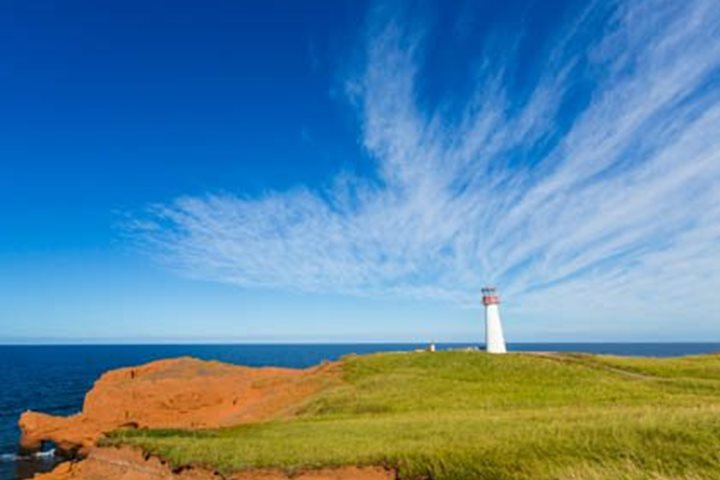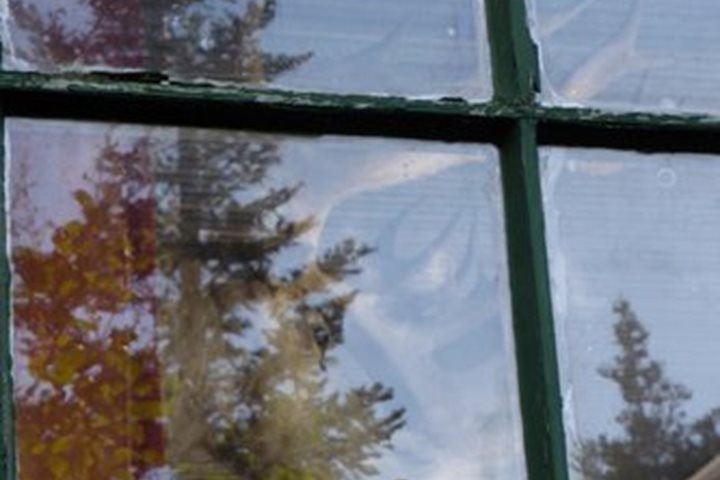The island and the point upon which we landed today were both named for the 4th Earl of Dorset in 1631. The community actually began as a Hudson’s Bay Company trading post in 1913, which brought in tobacco, weapons and ammunition, flour, tea, sugar, gas, etc., to trade with the native people for furs. The community also has acquired the name Dorset. The Inuktituk name for the place is Kinngait, which means “High Mountain.” However, the English name is very significant, because this was where archaeologists in the 1920s first identified an ancient native culture that was distinct from the well-known Thule Culture. According to tradition, the newly discovered society was named for the site from which it was first described…hence, we have the Dorset Culture, which is now known to have existed from about 800 B.C. until 1100 A.D.
The morning was spent visiting two separate sites surrounding the little inlet or bay known locally as Sikusiilaq, which is named after the open water just outside that usually remains ice-free throughout the winter. We divided into two groups in order to visit both places at the same time, and then switched out in the late morning. While in the community, we walked around with some of the locals who led us to the important points of interest. It is worth noting that Cape Dorset has become one of the premier artists’ colonies in all of Nunavut since the 1950s and is often referred to as the “Capital of Inuit Art.” Print-making and carving have become the main economic activities of the community. In fact, art dealers and collectors come from all over to gather items here to take back to their galleries and museums. Of course, we had plenty of chances to see workshops and meet some of the artists, and quite a few pieces of art were purchased by our guests here today. So, we did our part to support the community.
The other point of interest was an amazing prehistoric site located directly across the bay from the community. The setting here is beautiful with myriad varied and colorful rocks on the landing beach, as well as exposed granitic and metamorphic bedrock protruding out of green slopes covered with thick moss beds interspersed with natural Bonzai-like willows that were already showing their bright fall colors. But, what really makes this place important is the presence of the ruins of an ancient Thule village. We were able to examine the dozen or so home sites along the edge of a small inland lake and tried to imagine what they must have looked like when they were inhabited centuries ago and, more importantly, how the people themselves enjoyed living in them (Figure A). This particular village existed from about 1200 A.D. to 1700 A.D., so it is important to realize what we were seeing were built by people who came after the original Dorset inhabitants. The Dorset remains were discovered beneath this Thule settlement during excavations, which demonstrates an almost continuous human presence for many centuries, perhaps even millennia. The lake shore was littered with ancient bones of marine food resources, including those of seals, walruses, belugas, and polar bears, as well as waterfowl.
Well, to repay our welcome ashore, it was only proper to invite a group of school children to visit our ship and see how we live on board. They enjoyed the tour, for sure, but what seemed to impress them most was the pressure nozzle at the bar that magically dispensed several different types of carbonated drinks. And, the ice cream they were served in the lounge! In the early afternoon, we were entertained aboard ship by a trio of women who gave excellent demonstrations of throat singing. However, what we found most interesting concerning their visit was the traditional clothing they wore, which consisted of parkas, pants, and boots made with colorful skins, furs, cloth, and bead work (Figure B). Once we set sail in the middle afternoon, the rest of the day was at sea as we began our transit of Hudson Strait headed for the Labrador Sea.







